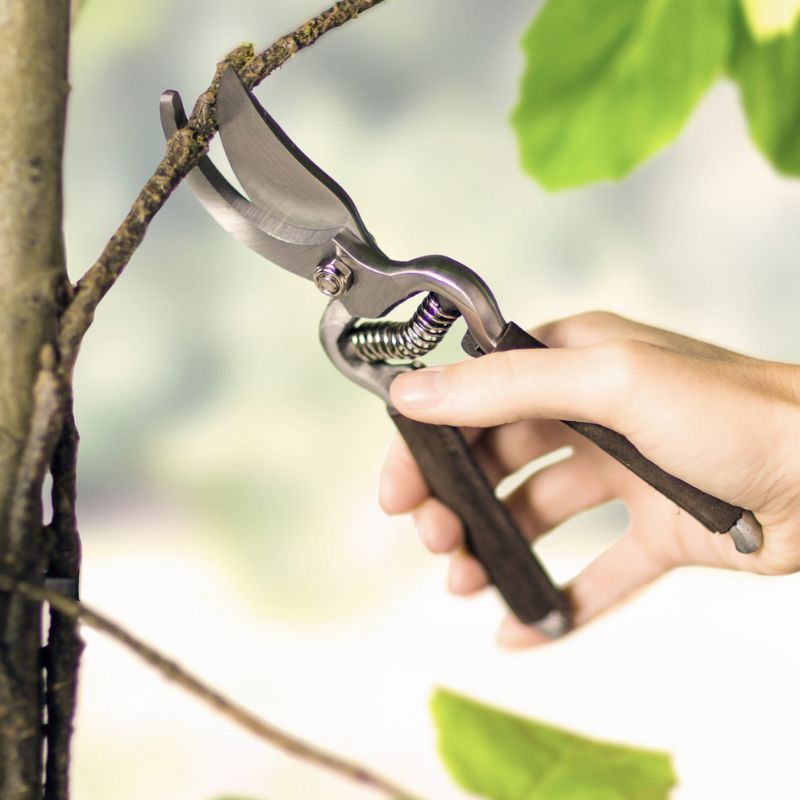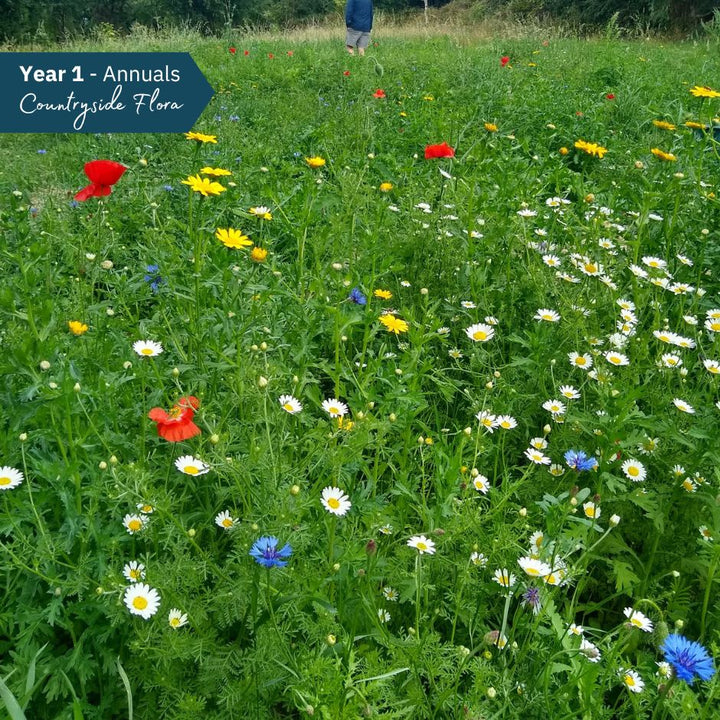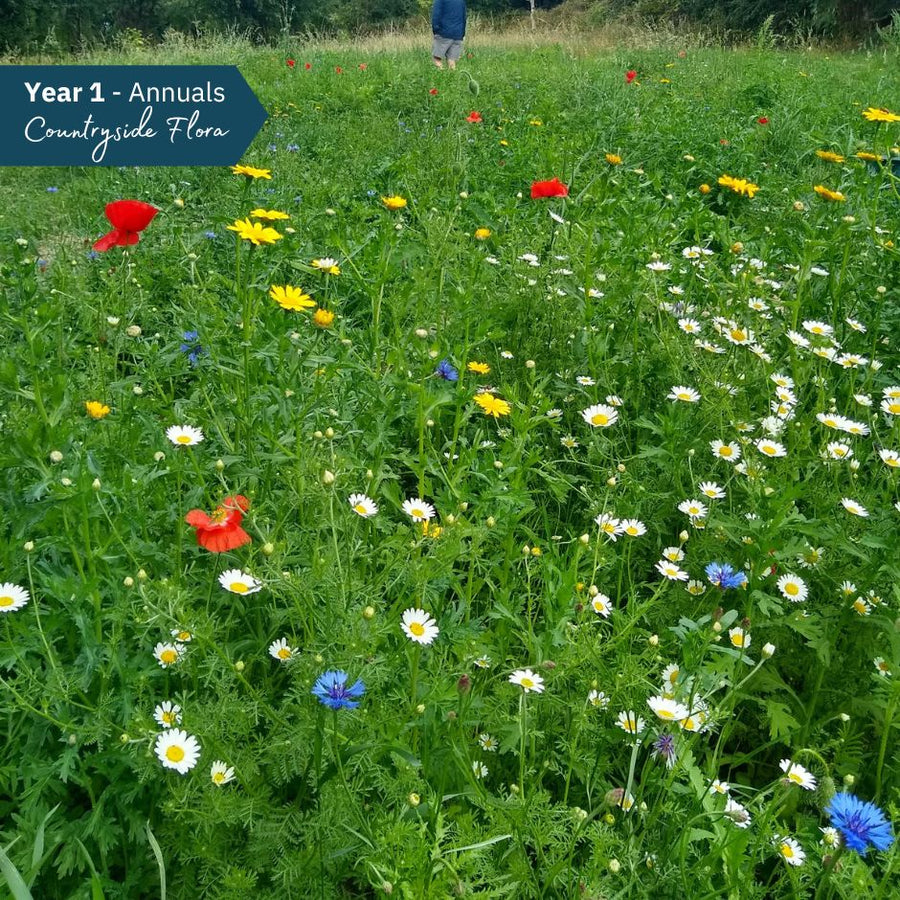Wildflower meadows and wildflower margins are valuable habitats on Irish farmland. This native wildflower seed mix for field margins will create a wildflower-rich habitat, providing an excellent food source and habitat for insects including solitary bees and beneficial insects, and other wildlife too.
Suitable for farmland margins.
*Not suitable for garden spaces
This mix includes both annual and perennial species, creating a permanent wildflower display.
Application of Rhizobium Bacteria inoculant
Treatment of Lucerne seed with Rhizobium bacteria is essential prior to sowing in order to ensure successful root nodulation and efficient nitrogen fixing. Inoculation is a simple process involving mixing the seed with a powder and water. The mixture is allowed to quickly dry before drilling.
The Rhizobium bacteria take in nitrogen from the atmosphere and turn it into ammonia (NH3), a kind of natural fertiliser for the plant. The plant provides the Rhizobium bacteria sugars in return, which are produced through photosynthesis.
Mixture Specifications
Species included: Sainfoin, Birdsfoot Trefoil, Winter Vetch, Alsike Clover, Red Clover, Yarrow, Lucerne, Crimson Clover, Black Medick, Corn Cockle, Selfheal, Musk Mallow, Wild Carrot, Red Campion, Cornflower, Field Poppy, Corn Marigold, Salad Burnet.
Recommendation for sowing
Prepare a stale seedbed in advance of sowing.
Divide the area into several sections, e.g. 5 sections, split the seed up into 5 buckets or bowls. Mix the seed with sand or loam, prior to sowing for ease of broadcast as the sowing rate is low.
Use a harrow or roller after sowing to create good soil to seed contact.
This section doesn’t currently include any content. Add content to this section using the sidebar.




















